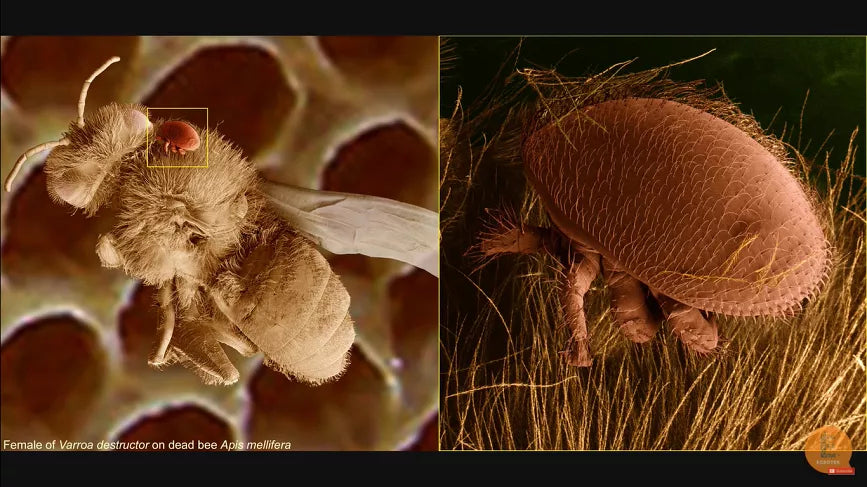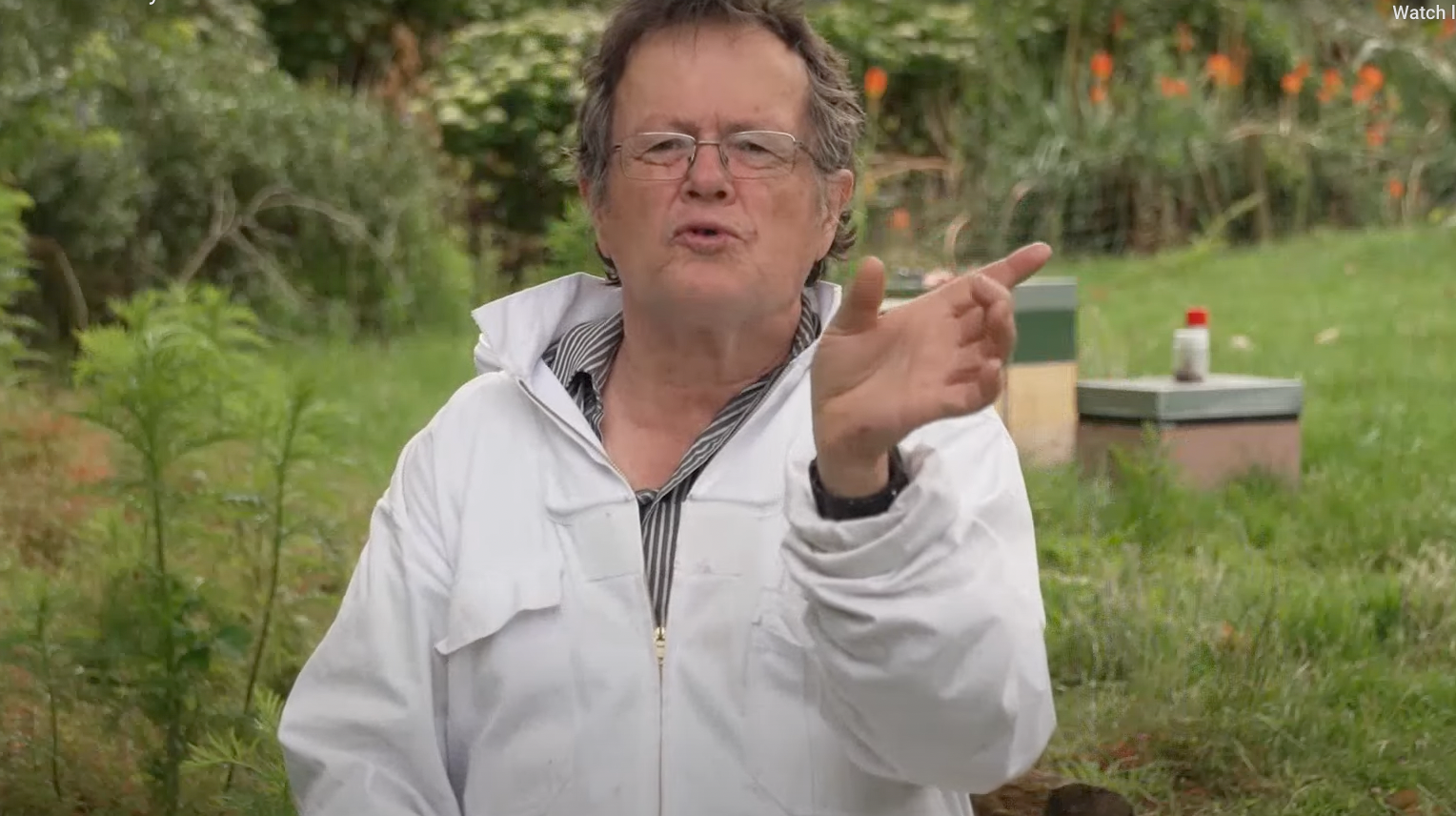Varroa Surveillance Tools and Techniques
- Complete detection toolkit
- Video demonstrations
- Multiple method options
- Scientific accuracy focus
Your Complete Varroa Detection Arsenal
When varroa first arrives, every test matters. You need tools that are reliable, well-understood, and scientifically proven. This comprehensive guide covers the four essential detection methods that form the backbone of professional varroa surveillance.
Think of this as your varroa detection masterclass. By the end, you'll know exactly which method to use, when to use it, and how to interpret the results accurately.
Method 1: Alcohol Washes
How It Works: Alcohol washes detach phoretic mites from bees, allowing you to count them directly.
Best For: Monthly surveillance when mite levels are moderate to high.
Limitations: Only detects phoretic mites. With low infestations, you might miss early-stage problems.
Recommended Use: Monthly checks for low-risk hive surveillance.
Method 2: Sugar Shakes
How It Works: Sugar shakes using icing sugar disrupt mite grip, causing them to fall off while encouraging bee grooming behavior.
Best For: Gentle monitoring when you want to preserve bee life.
Limitations: Like alcohol washes, only reliable with several hundred mites in the hive.
Recommended Use: Monthly checks for low-risk surveillance, perfect for beginners.
Method 3: Sticky Boards
How It Works: Mites naturally fall off bees and get trapped on sticky boards placed at the hive bottom.
Best For: Continuous monitoring and early detection of low-level infestations.
Advantages: Samples the entire hive and can be left for extended periods.
Enhancement Tip: Sprinkle icing sugar on top bars to increase mite drop through grooming.
Recommended Use: Continuous monitoring for high-risk hives. Check and replace weekly.
Maximizing Sticky Board Effectiveness: Pair with knockdown treatments (like sugar dusting) to increase mite drop rates for better detection.
Method 4: Drone Brood Inspections
How It Works: Varroa prefer drone brood for reproduction. Uncapping drone cells reveals breeding mites.
Best For: Detecting reproductive varroa populations.
Technique: Use an uncapping tool to expose several hundred drone pupae. Look for small brown dots (1.5mm) – these are your mites.
Enhancement: Insert specific drone frames to encourage drone laying and concentrate mites.
Recommended Use: Monthly checks alongside shaker methods for comprehensive surveillance.
What to Do When You Find Varroa
Finding varroa isn't the end of the world – it's the beginning of your management program. Here's your immediate action plan:
- Don't Panic: Varroa is manageable with proper treatment
- Report Immediately: Contact state authorities and follow their instructions
- Isolate the Hive: Prevent spread to other colonies
- Plan Treatment: Choose appropriate treatment based on infestation level
- Monitor Closely: Increase surveillance frequency
Summary of Key Takeaways
- Four essential detection methods each serve different purposes
- Combining methods provides comprehensive surveillance
- Early detection enables effective treatment
- Professional surveillance requires proven, reliable methods
Ready to Protect Your Hives?

Ecrotek Australia provides the tools and expertise you need for effective varroa management. From detection kits to treatment options, we're here to help you keep your colonies healthy and productive.
Shop Varroa TreatmentsOr contact our team today for personalised advice on varroa management solutions for your beekeeping operation.


